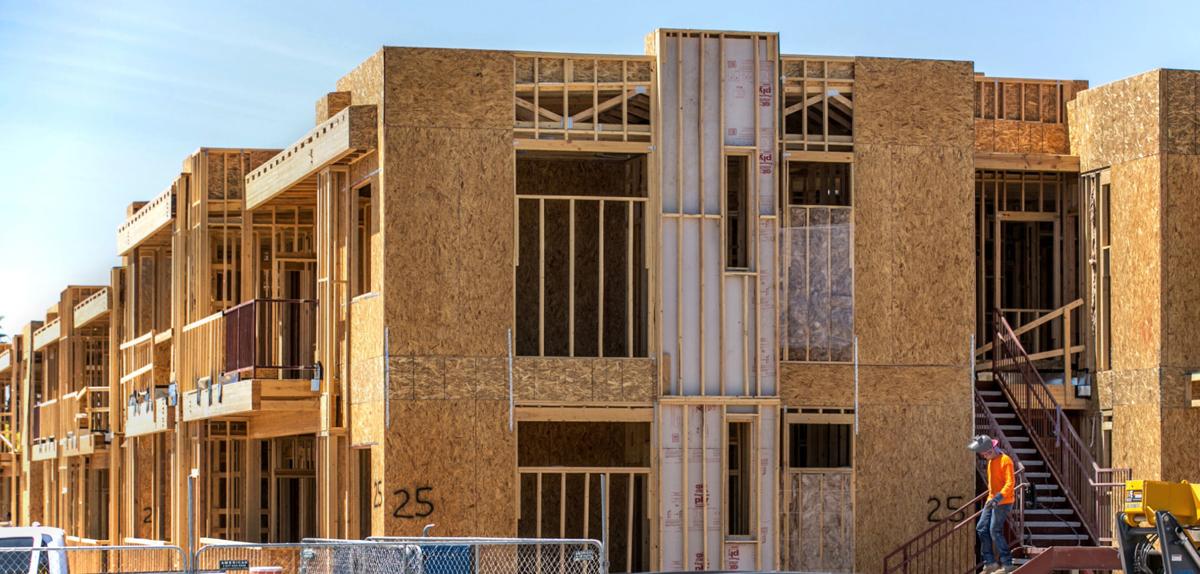Within two years, Tucson could face a shortage of more than 1,700 apartments pushing rents to levels not seen before in this market.
In 2017, only 318 new units were brought online and 796 units are now under construction.
Currently, the Tucson metro has a 94 percent occupancy rate, which is four percent above what the city has ever seen, said Thomas Brophy, director of research for ABI Multifamily Apartment Brokerage & Advisory Firm.
Meanwhile, a great number of new job announcements will be filled by employees transferring to Tucson — a workforce that is likely to rent before deciding if and where to buy a home.
“We are living through a tectonic demographic shift, pushing us further and further into a more renter-centric society, which started in earnest in 2011/12 and what we at ABI have coined ‘The Decade of the Renter,’ “ Brophy said. “I’ll make no assertions whether this shift is good or bad, but make no mistake that it is happening.”
People are also reading…
He said between 300 and 400 units should be delivered to market each quarter to keep up with current demand.
“Rents are going to go up because there’s not enough stock,” Brophy said. “If you want relief, allow for more development.”
If occupancy rates go above 96 percent, rents could increase up to 10 percent.
The average monthly rent in the Tucson metro is above $800 and nearly $1,200 in the downtown area.
The majority of activity in the multifamily market is among investors buying older properties and fixing them up and increasing rents when leases are renewed.
“The vast majority of everything being built is luxury lifestyle apartments because there’s demand for it,” said Mike Chapman, a multifamily specialist with NAI Horizon. “Where I see the real rub is the lack of workforce rentals. It’s going to be an issue.”
He said developers are struggling to address that potential problem.
“Prefab or shipping container housing is something being discussed and it’s why we see a lot of single family homes being bought in bunches for rentals,” Chapman said.
Finding a rental until for between $500 and $700 a month is very difficult right now.
Yet, Tucson is still considered very affordable.
“The average amount people pay for rent is under 20 percent of their income and in most other places it is above 40 percent,” Chapman said. “We’re not at a critical stage yet, but it’s looming.”
Finding land to build multistory complexes is tough because there is often pushback from residents about height.
“It’s hard to find multifamily land where developers can build more than two stories tall,” Chapman said. “There’s a lot of people who protest these things, but it’s inevitable.”
He said in 2017, about 8,600 people moved to Tucson and about 28 percent moved into rentals.
Contact reporter Gabriela Rico at grico@tucson.com. On Facebook: Facebook.com/DailyStarBiz








































